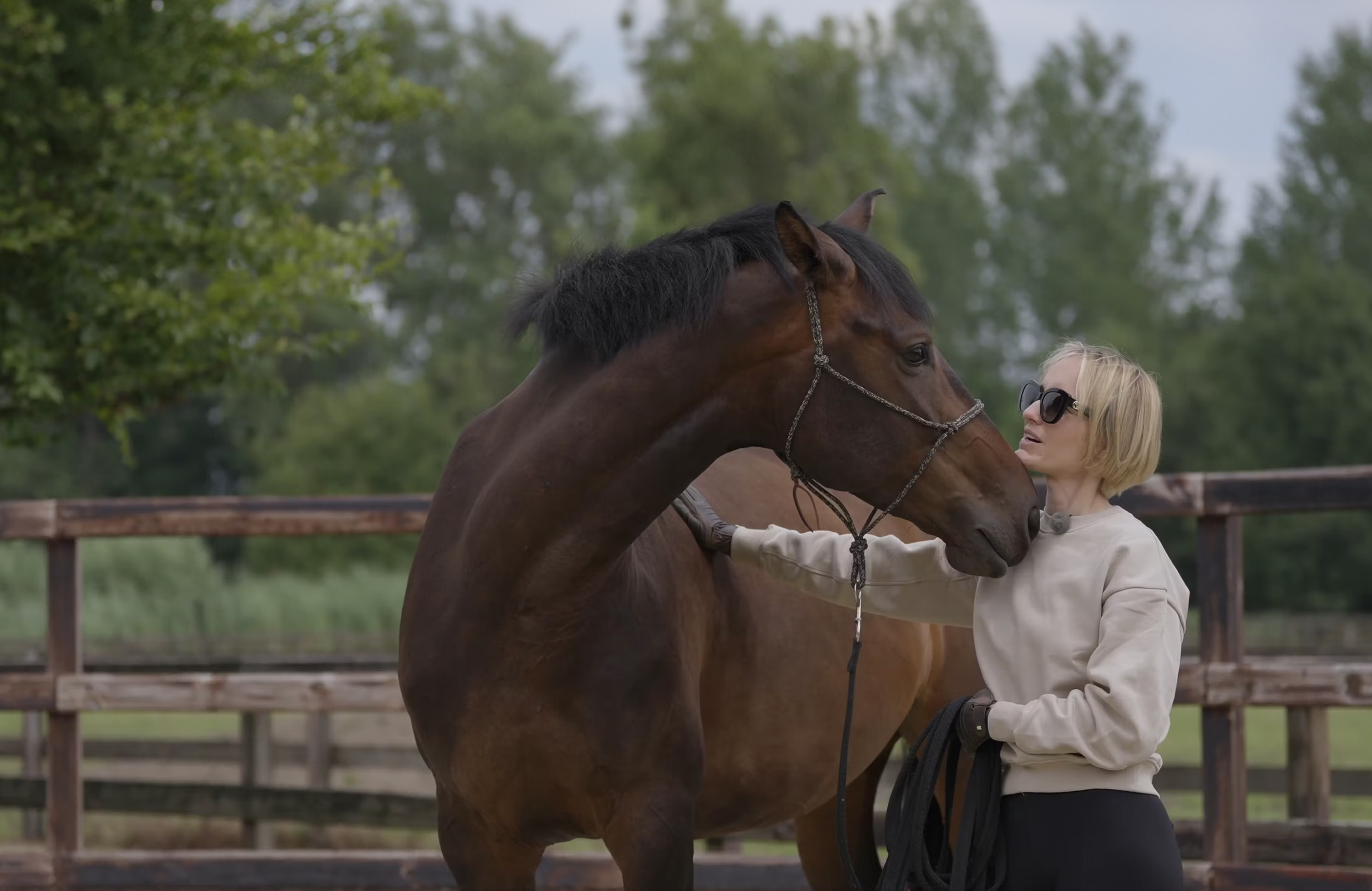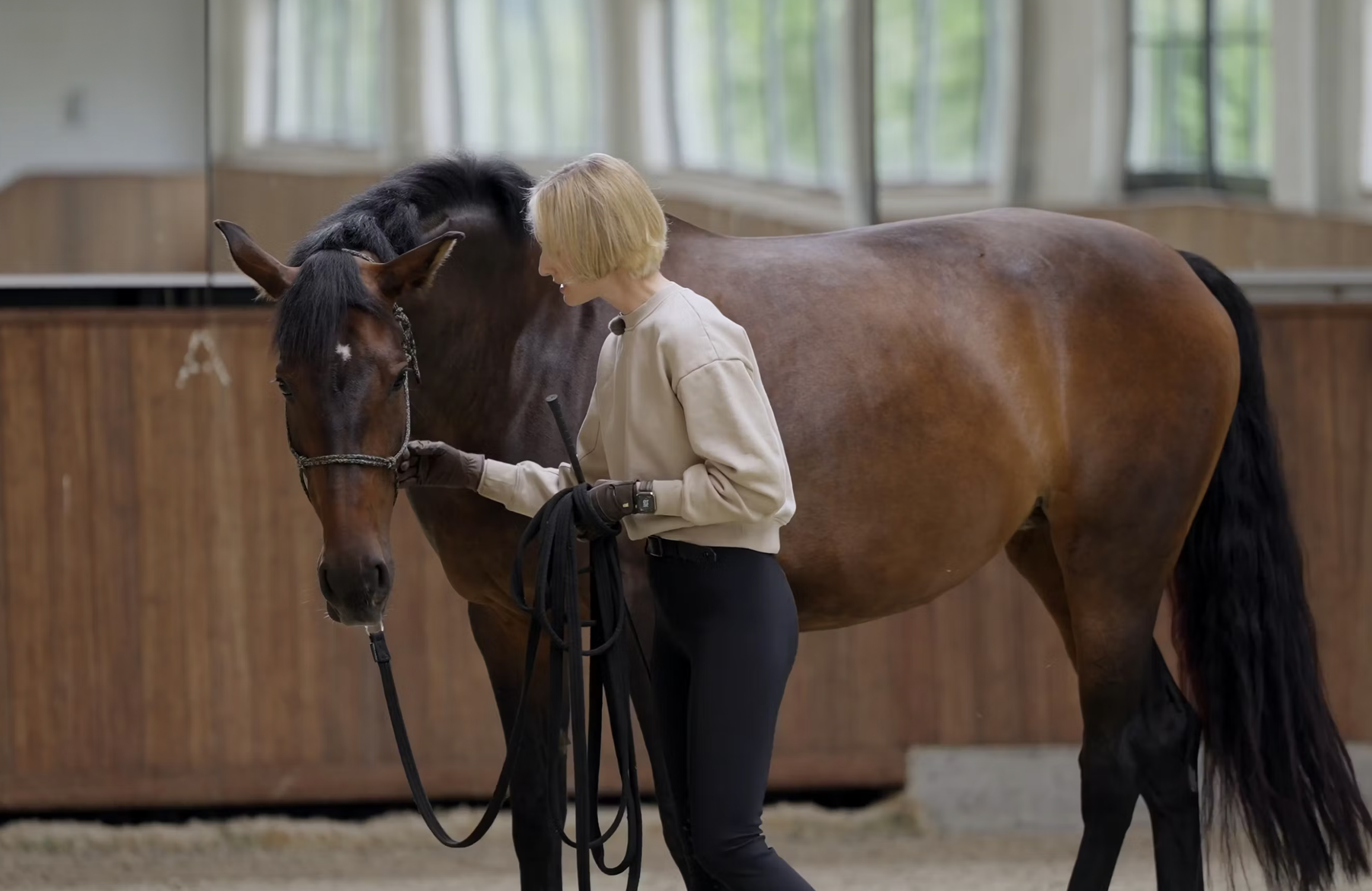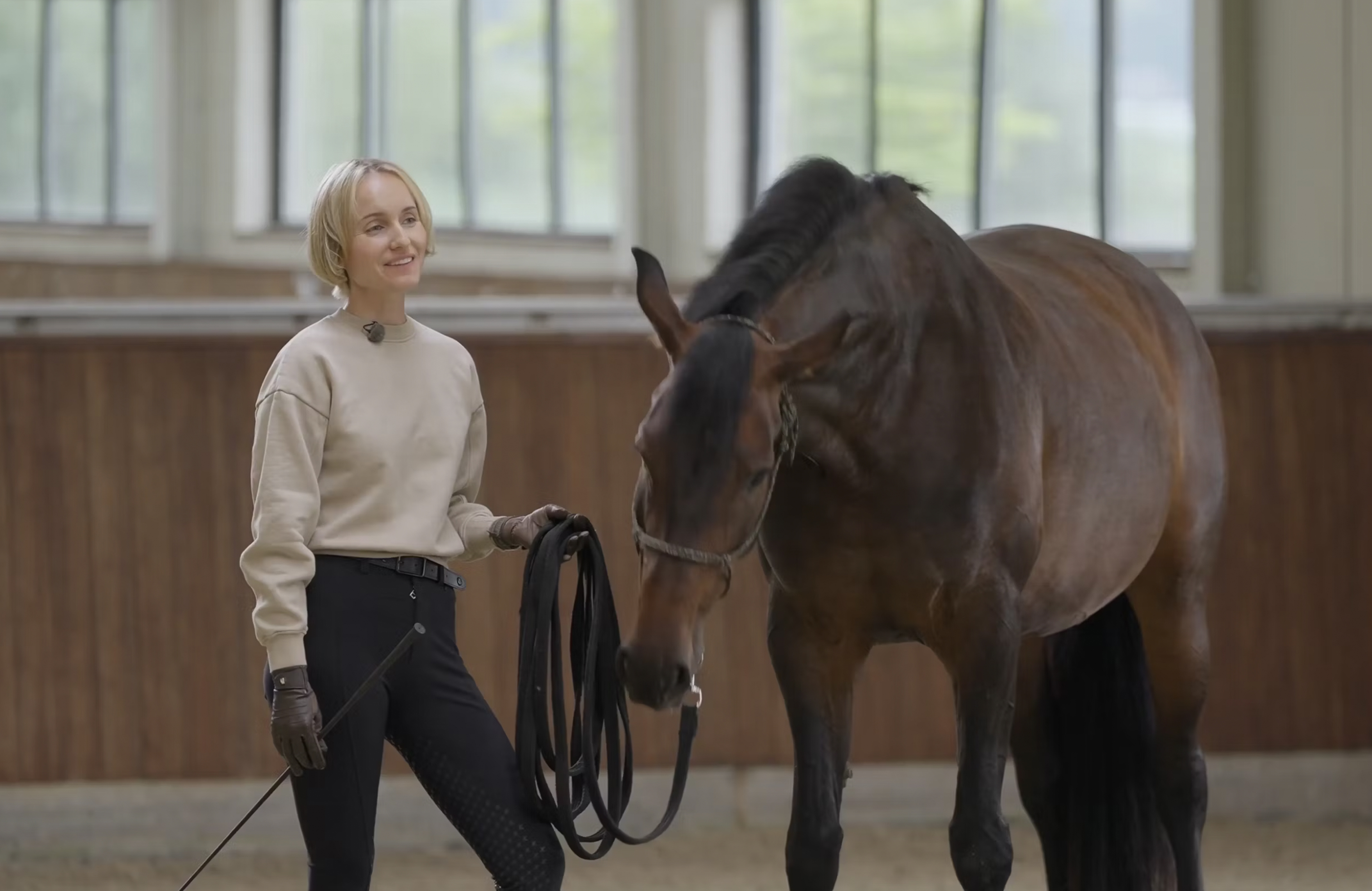Relax Now: Introducing the Teaching & Exposing Phases Relax Now: Exposing Phase – Diversifying the Practice Relax Now: Exposing Phase – Going Outside
Relax Now: Introduction to the Gluing Phase Relax Now: Theory Lecture to the Gluing Phase Relax Now: Full Session Practice (with flies!) Relax Now: Full Session Practice with Viva la Vida
Relax Now: Introduction to the Exposure Phase Relax Now: Theory Lecture to the Exposure Phase Relax Now: Theory Lecture to the Exposure Phase, part 2 Relax Now: Practice with Controlled Exposure Relax Now: Practice with Static Environmental Exposure Relax Now: Practice with Dynamic Environmental Exposure Relax Now: Exposure Phase in Real Life – Introducing Spray
Student Selection Teach only those students who have decisively committed to learning RTRT (Residual Tensions Release Therapy). This requires that students possess the official RTRT self-study course. It is your responsibility to support and assist students as they progress through the online course. Why is commitment important?: Commitment ensures that students are serious about learning
Overview of Residual Tensions Release Therapy (RTRT) Residual Tensions Release Therapy (RTRT) is exercised through three main modalities: From the ground Using long reins During horse riding RTRT from the Ground Before initiating RTRT, ensure the horse comfortably accepts the bit and can stand relaxed by your side. Initial Setup: Begin by placing the bit



